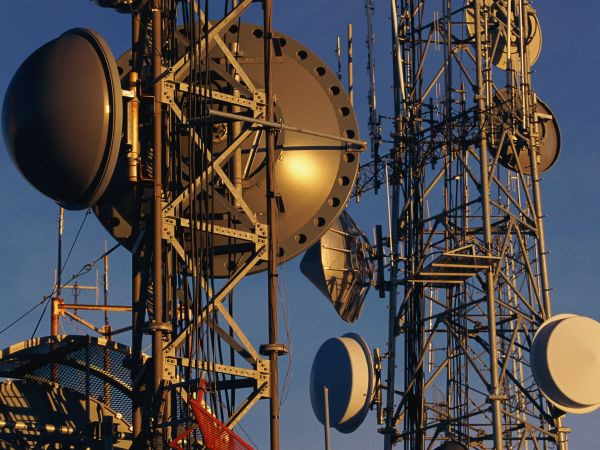
Telecom operators are seeking relaxation in the rollout obligations for the 26 GHz band, also known as millimeter (mmWave) due to lack of a device ecosystem for these airwaves, according to the latest report from ET Telecom.
Rollout Obligations and Spectrum Holders
The 26 GHz band was auctioned in last year’s spectrum sale, with Reliance Jio, Bharti Airtel, Vodafone Idea, and Adani Data Networks all buying the band for their 5G requirements. For the initial year, the obligations for implementing this band are alike those for mid-band (3300-3600 MHz) rollout.
If a company fails to launch a service commercially anywhere in each of the three metros and at least in one city in each of India’s 22 telecom circles, they will attract a financial penalty. Delaying service launch for more than 52 weeks may even result in the spectrum assigned being taken back.
Device Ecosystem Absence Leading to Delay
The lack of a device ecosystem has prevented telecom operators from using the spectrum for their 5G needs. As it is an industry-wide issue, the DoT may provide relief for rollout norms.
While Jio is rolling out 5G utilizing mid-band (3300-3600 MHz) and 700 MHz band, and Airtel is using the 1800 MHz in combination with the mid-band, no such ecosystem is available for 26 GHz.
This makes the deployment of infrastructure useless for operators. Adani Data Networks, which bought only the 26 GHz band in the last sale, has not started any deployment in the band. Vodafone Idea, which bought 5G airwaves in both mid-band and 26 GHz band, has not announced its 5G rollout plans yet.
Experts say that the mid-band spectrum of 3300 MHz is still the preferred band for 5G rollout. However, the mmWave band is also considered effective for 5G, especially for enterprise use cases.
